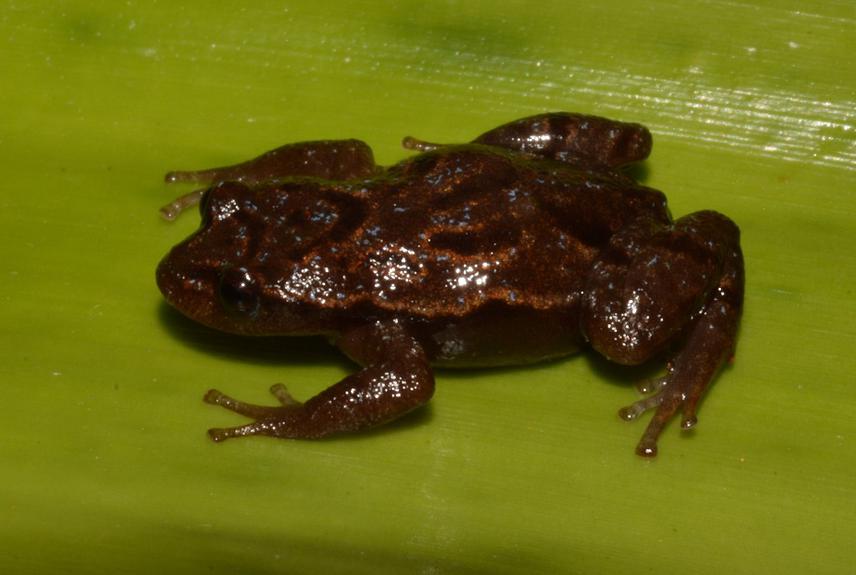Rodrigo Barbosa Ferreira
Other projects
27 Sep 2011
How Do Matrix-Habitat Types Influence Edge Effect? Field Study on Bromeligenous Frogs and Ecological Perspective of Local Farmers at Brazil’s Atlantic Forest
31 Oct 2013
How Do Matrix-Habitat Types Influence Edge Effects? Ecological Perspectives of Local Farmers and Applied Field Study on Frogs at Brazilian Atlantic Rainforest
14 Oct 2020
Integrating Field Research, Citizen Science and Outreach to Establish a Conservation Plan for Threatened Bromeliads and Associated Frogs in the Atlantic Forest
Brazil’s Atlantic Forest has only 10% of remaining forest. Bromeliads from upland forest have been illegally collected and introduced into agricultured valleys for gardening. It has been hypothesized that these plants might represent stepping-stones or ecological trap for bromeliad frogs. Herein, I will investigate such hypothesis based on monitoring of bromeliad and frog species through fieldwork research at upland forest and citizen science program at farmer’s garden. By engaging the local community on citizen science and outreach activities, the results will have long-lasting impacts on sustainable conservation and management practices across this biologically rich biome.

This novel conservation proposal has strong emphasis on fieldwork research, citizen science, and environmental education toward conservation and management of Atlantic Forest biodiversity. This proposal focuses on protecting threatened bromeliad frogs at the landscape scale by studying sustainable management practices in properties surrounding reserves. This proposal goes beyond a species-specific focus and will have a broad impact on science and management practices by:
i) inventorying bromeliad and associated frogs at farm’s garden,
ii) determining the bromeliad species targeted by illegal collection,
iii) surveying remote areas and forest canopy, potentially finding new species and populations of frogs and bromeliads,
iv) engaging local students on citizen science program through amphibian monitoring;
v) providing natural history and ecological data for species risk assessments, vi) mentoring and training of local biologists,
vii) strengthening the value of the local research center through scientific publications and enriching the botanical and zoological collection with specimens,
viii) organizing outreach activities for local farmers and students,
ix) communicating scientific and educational lessons directly to the State Agency of Protection of Natural Environment. Furthermore, it is worth mentioning that the objectives of this proposal are integral and pertinent to the Amphibian Conservation Action Plan priorities elaborated by the Global Amphibian Specialist Group (GASG) through the IUCN.